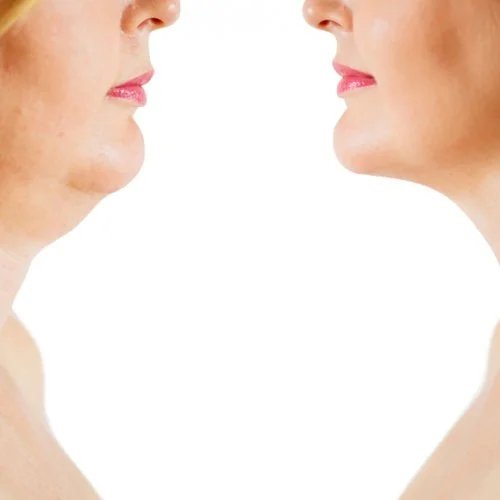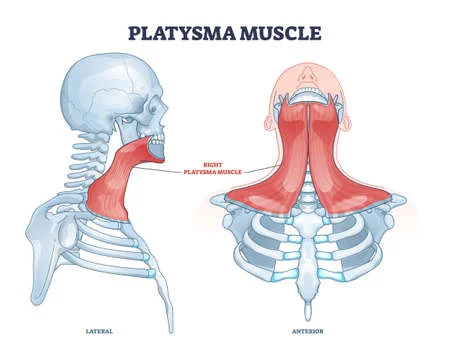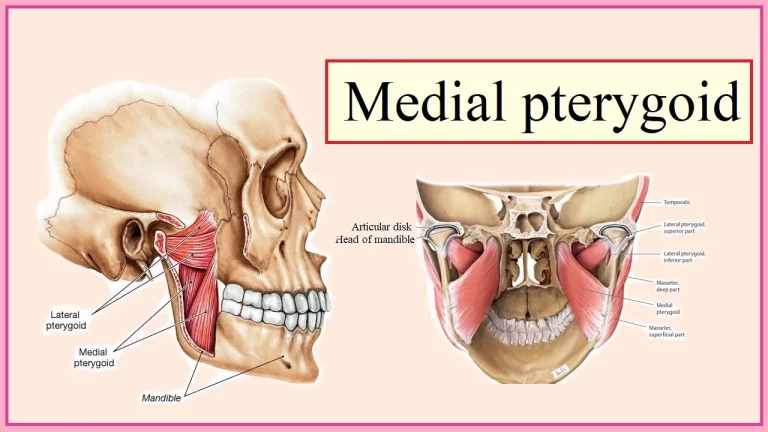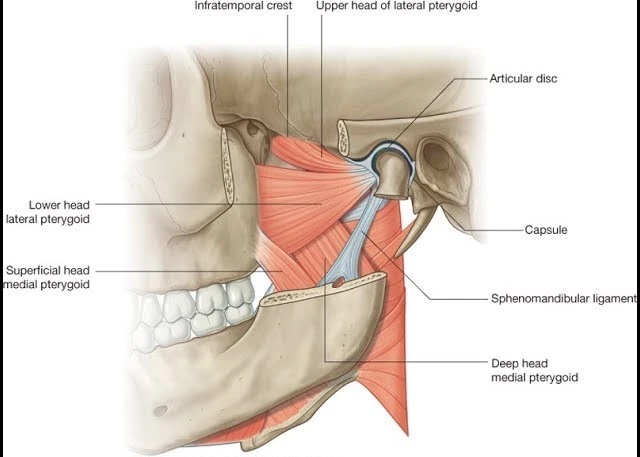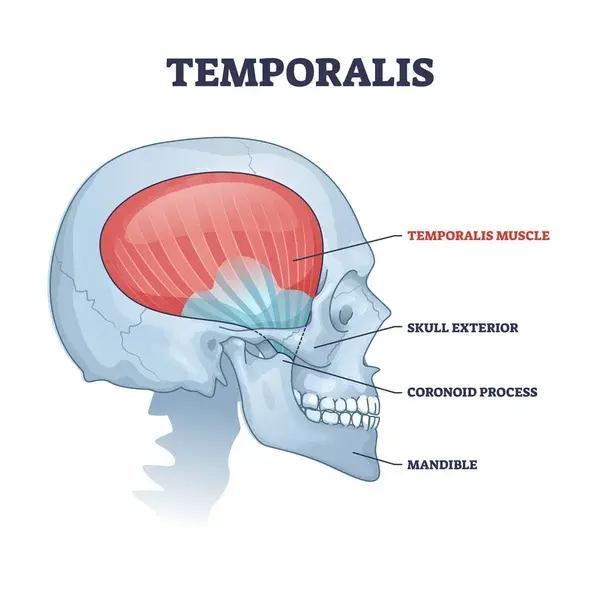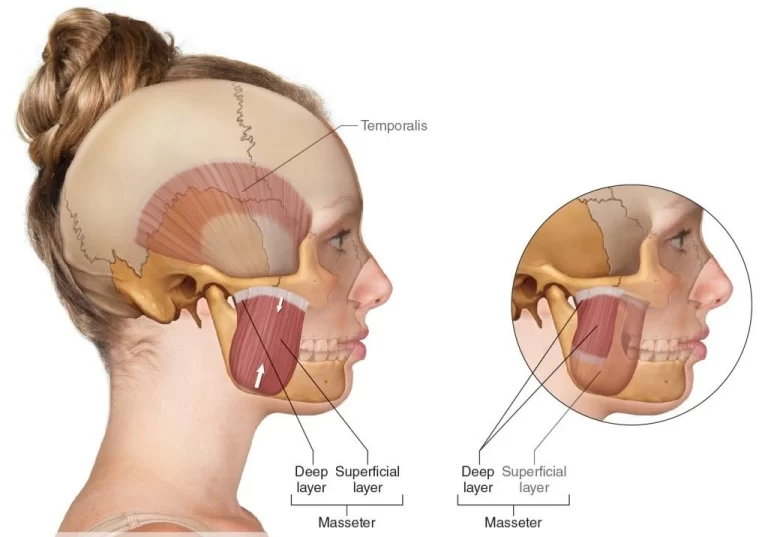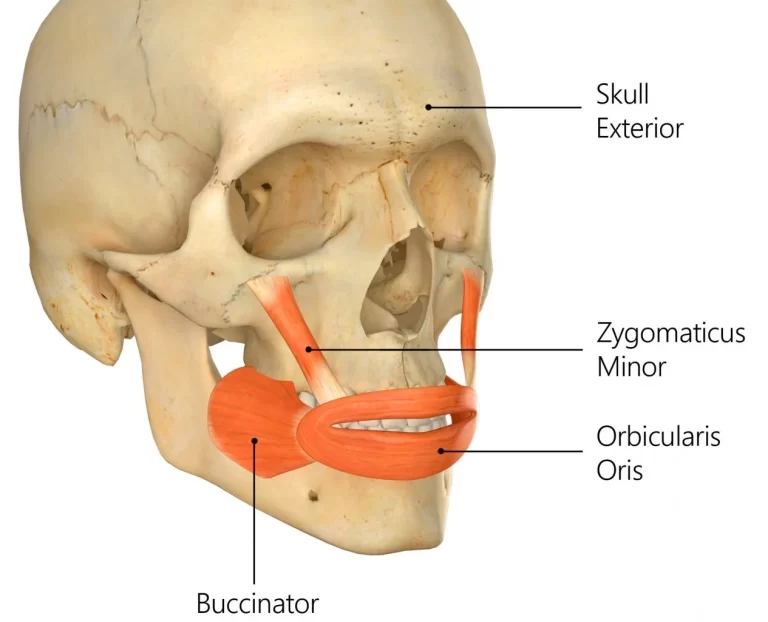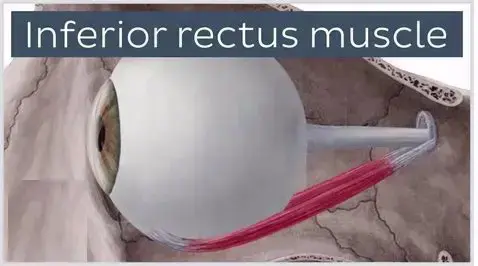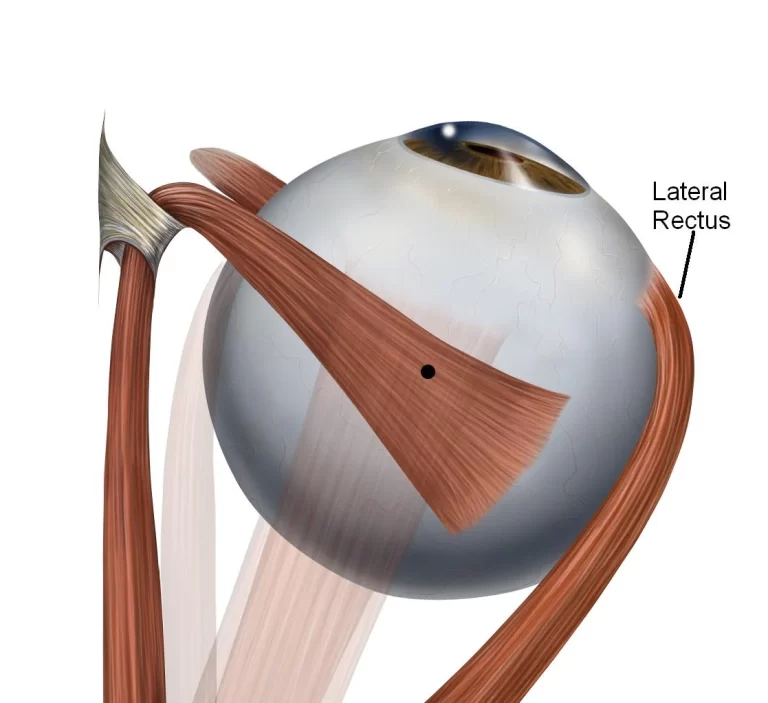10 Best Exercises To Get Rid Of Double Chin
A Double Chin: What Is It? A double chin is a swell that is visible below the chin, typically between the chin and the neck. Since it gives the impression that your neck is bigger, it is frequently associated with looking older. Many people carry additional weight under their chins and around their necks. Your…

